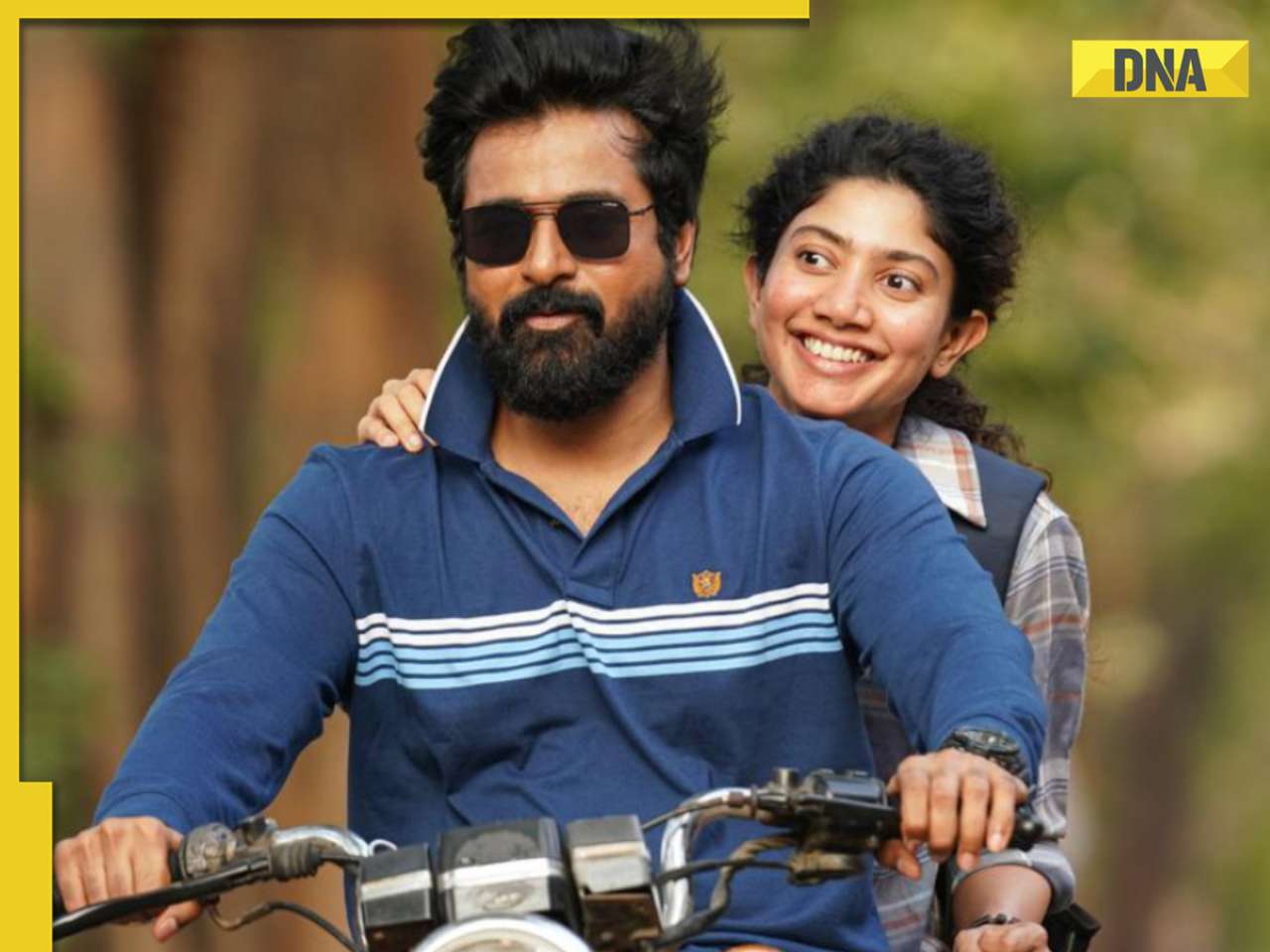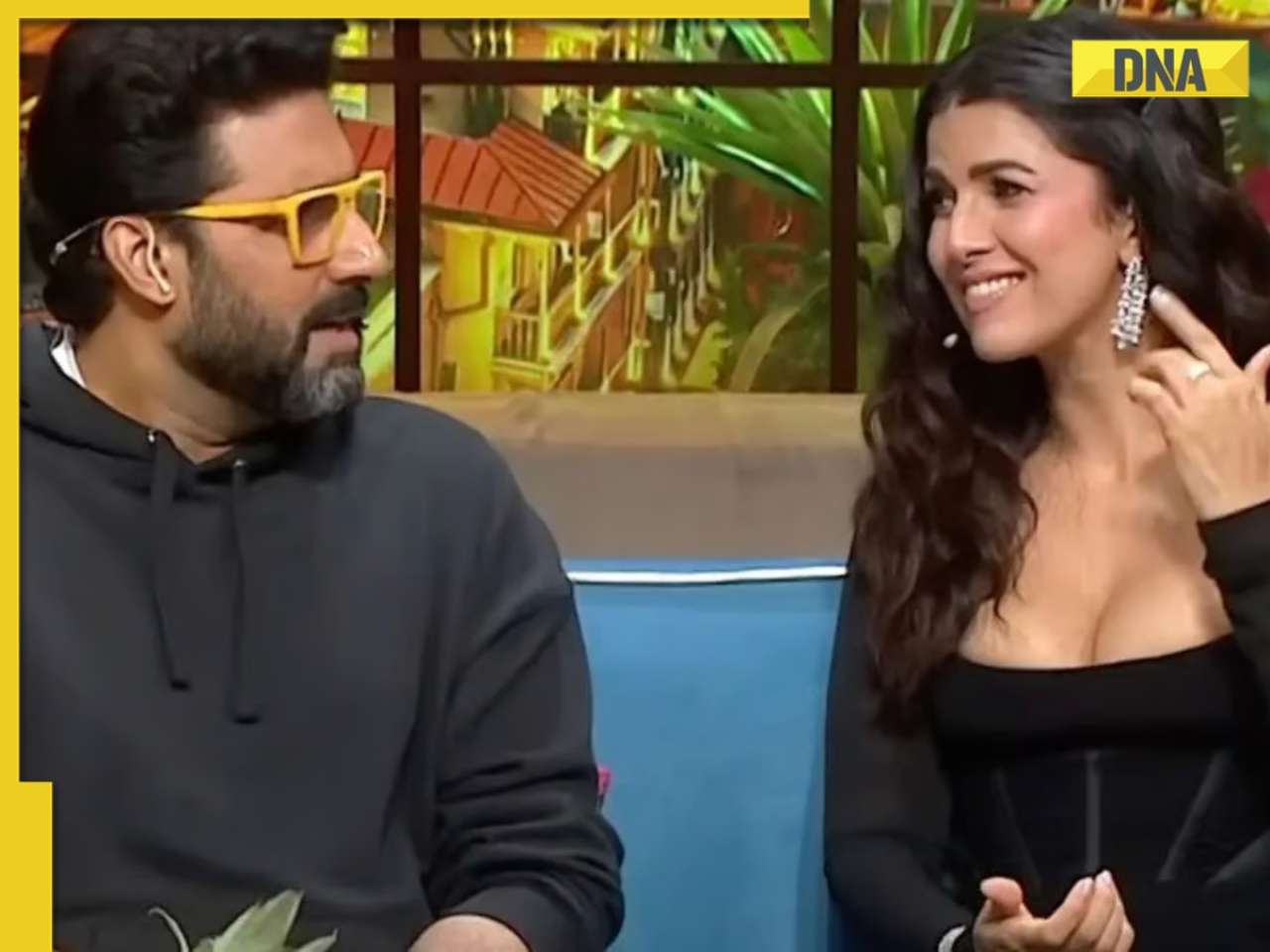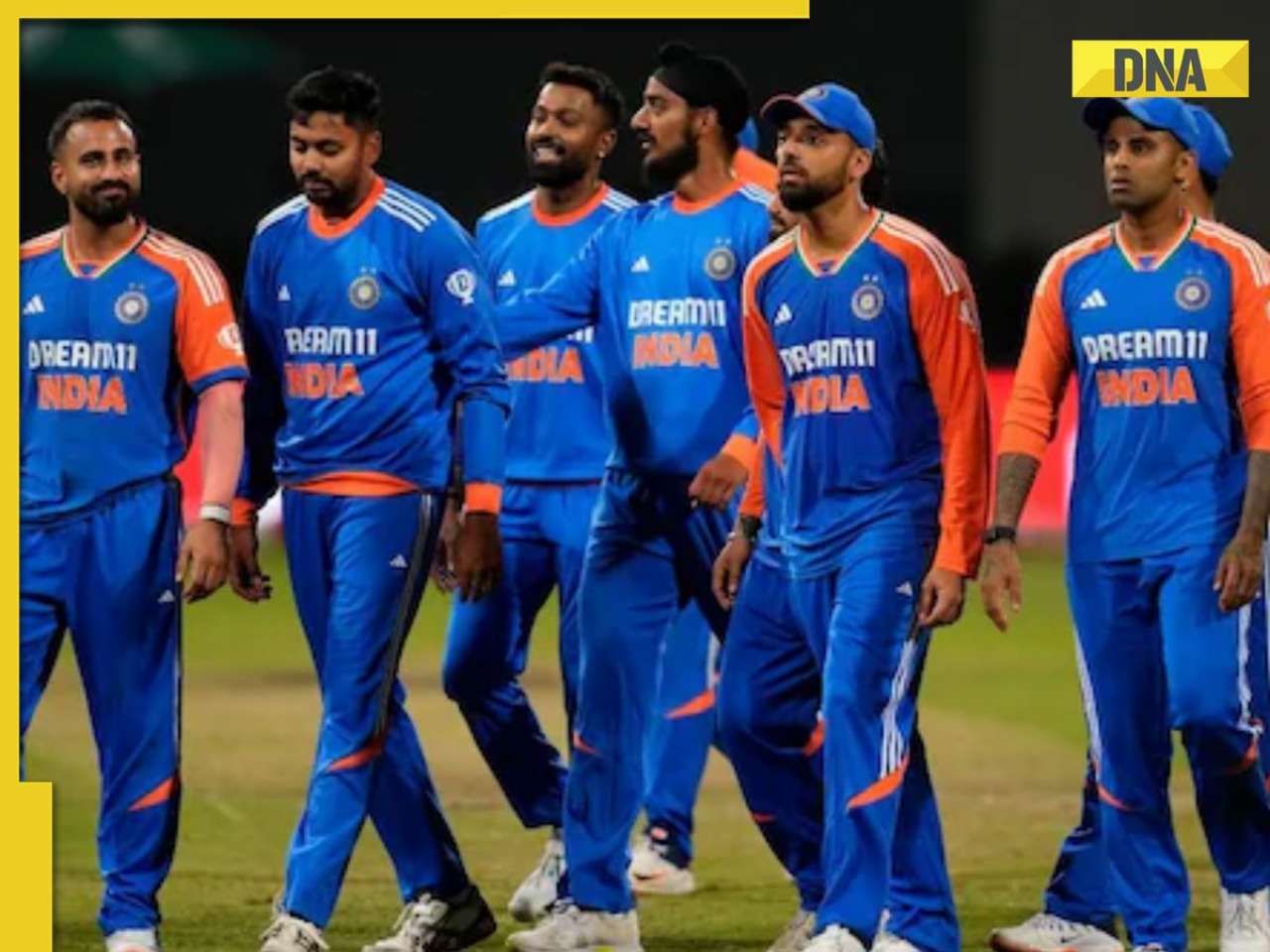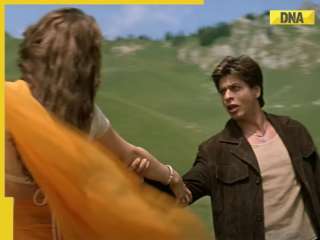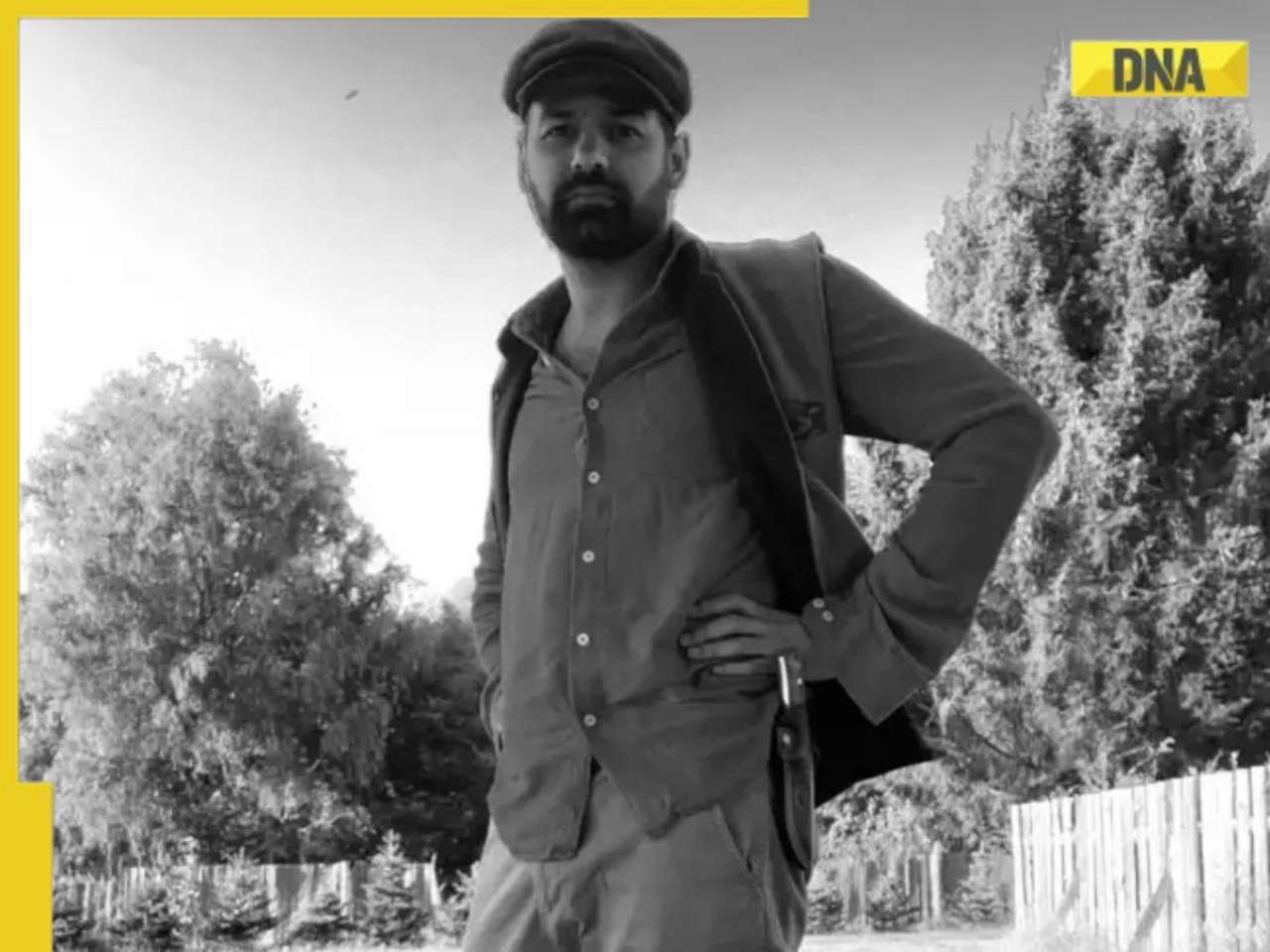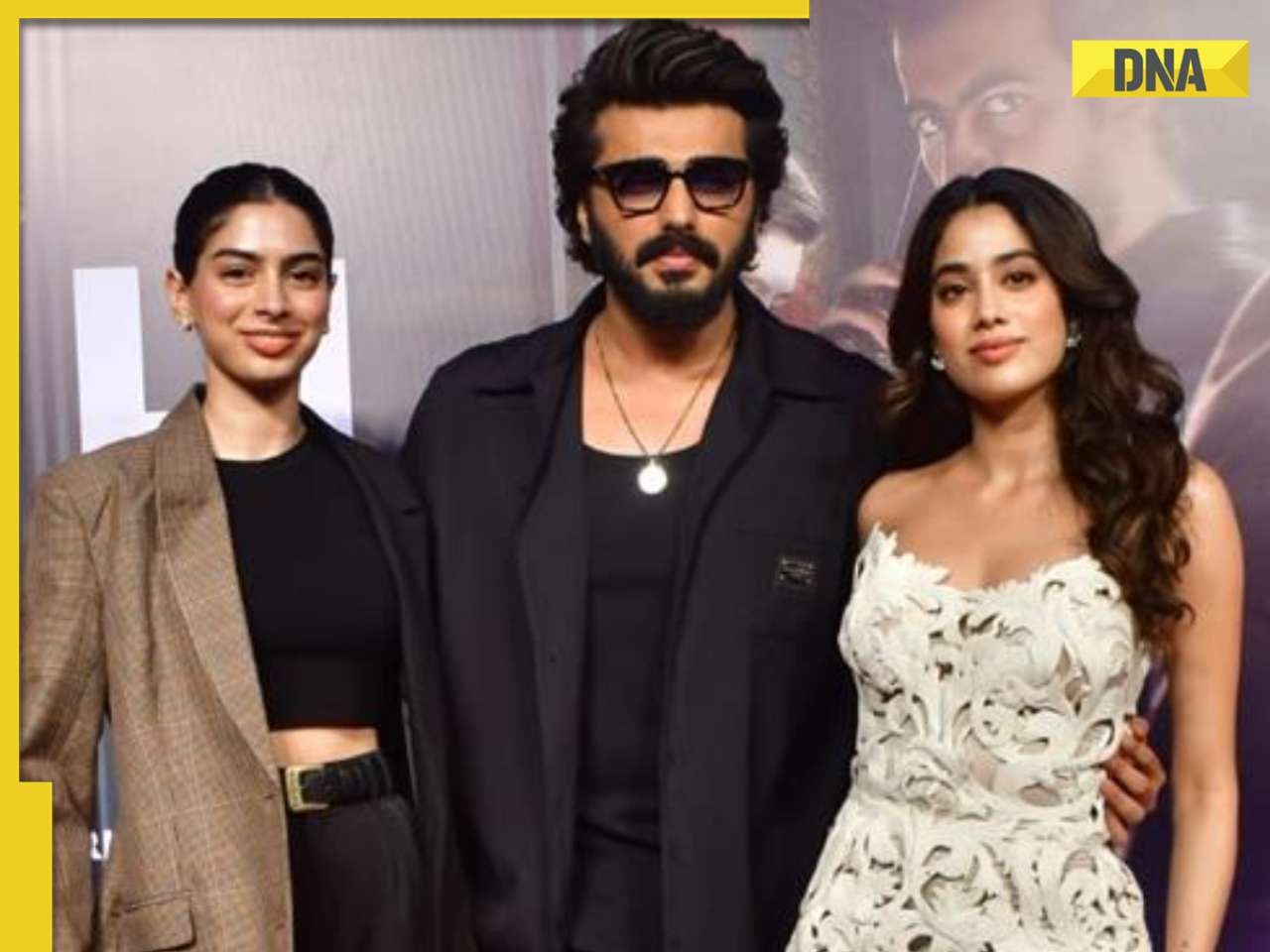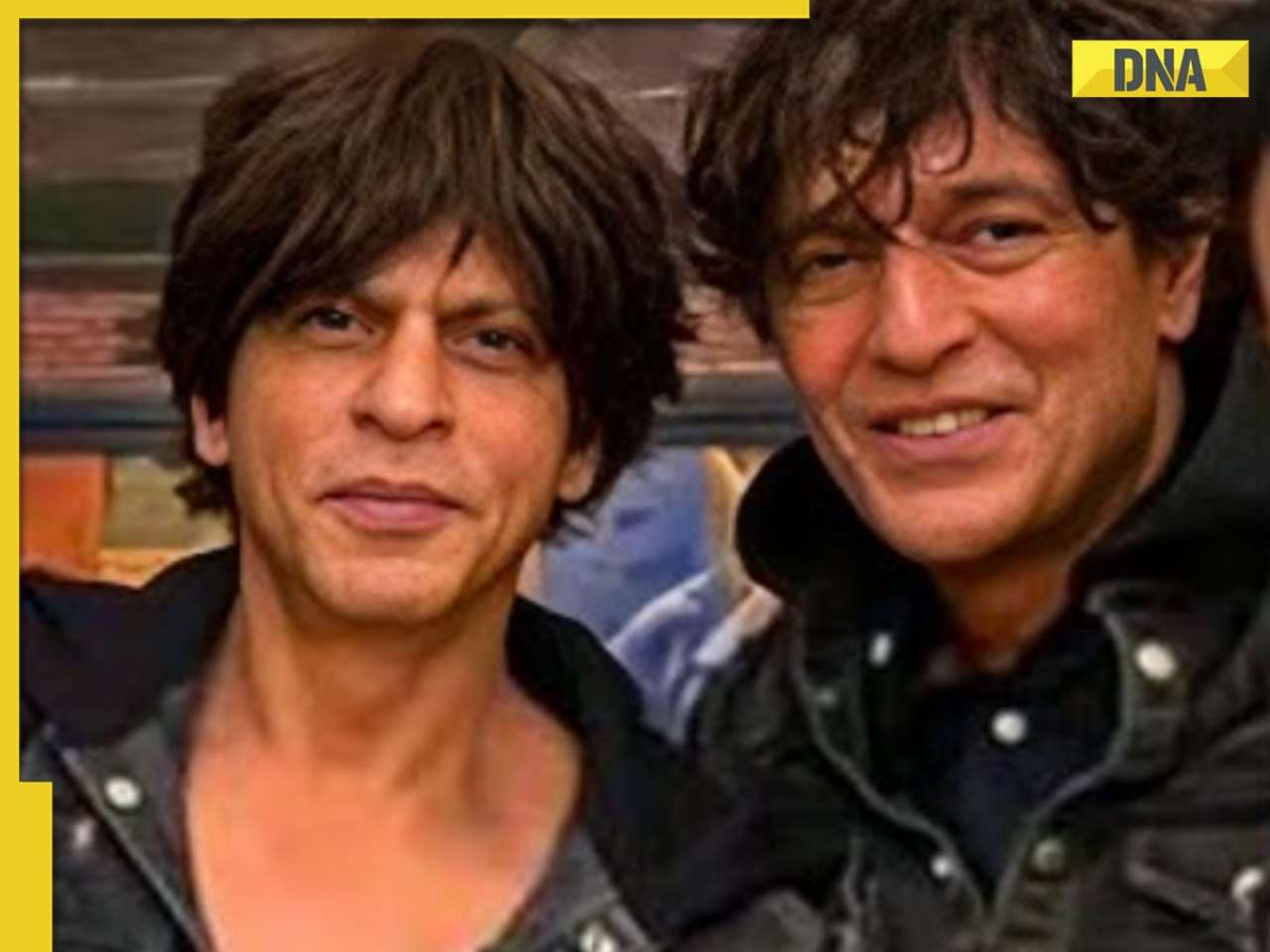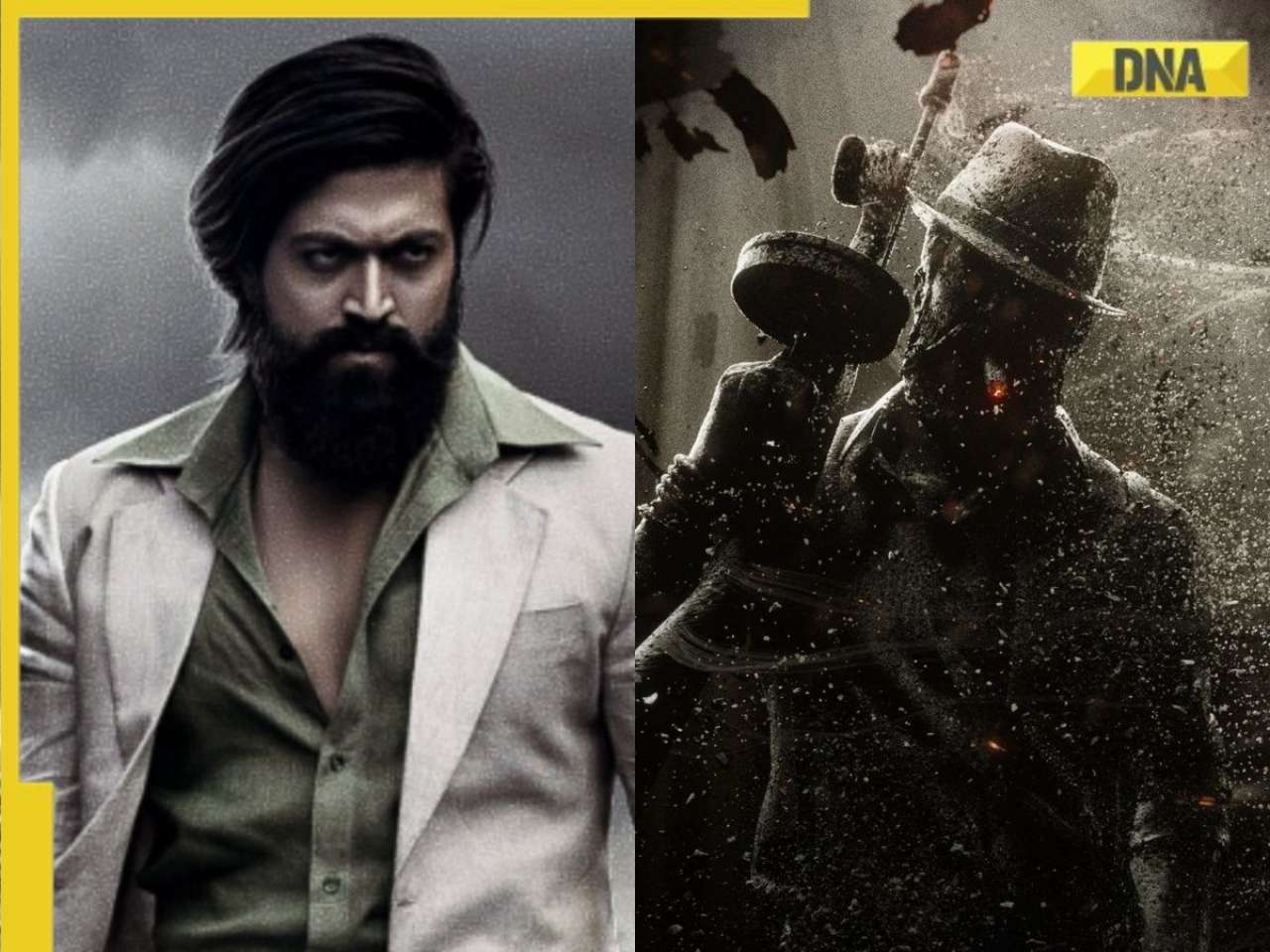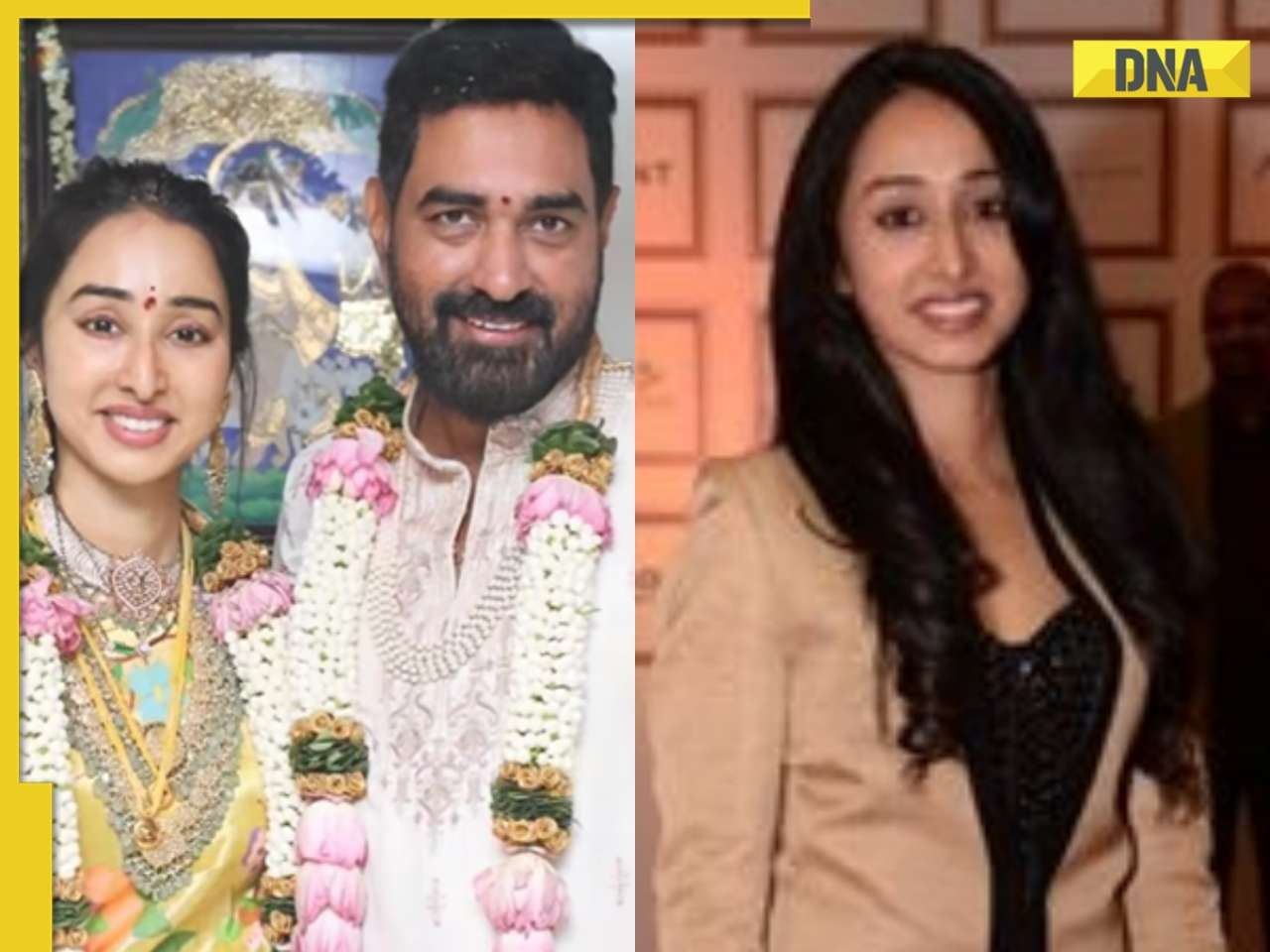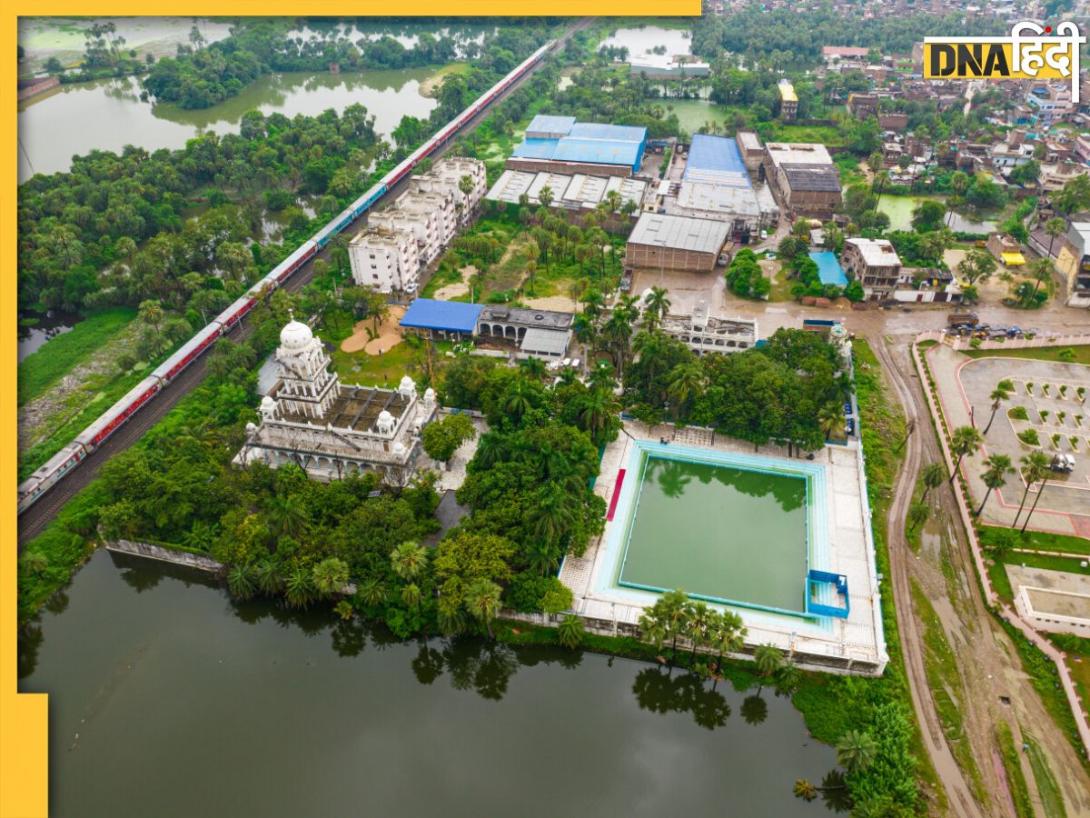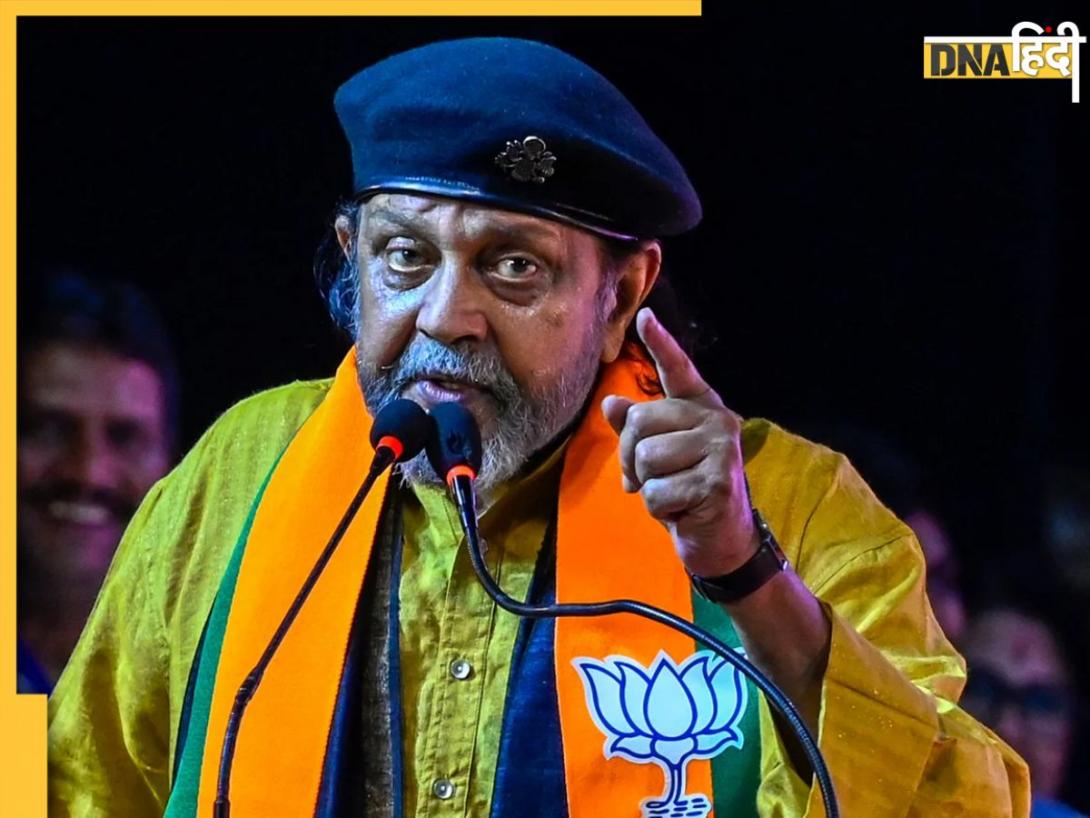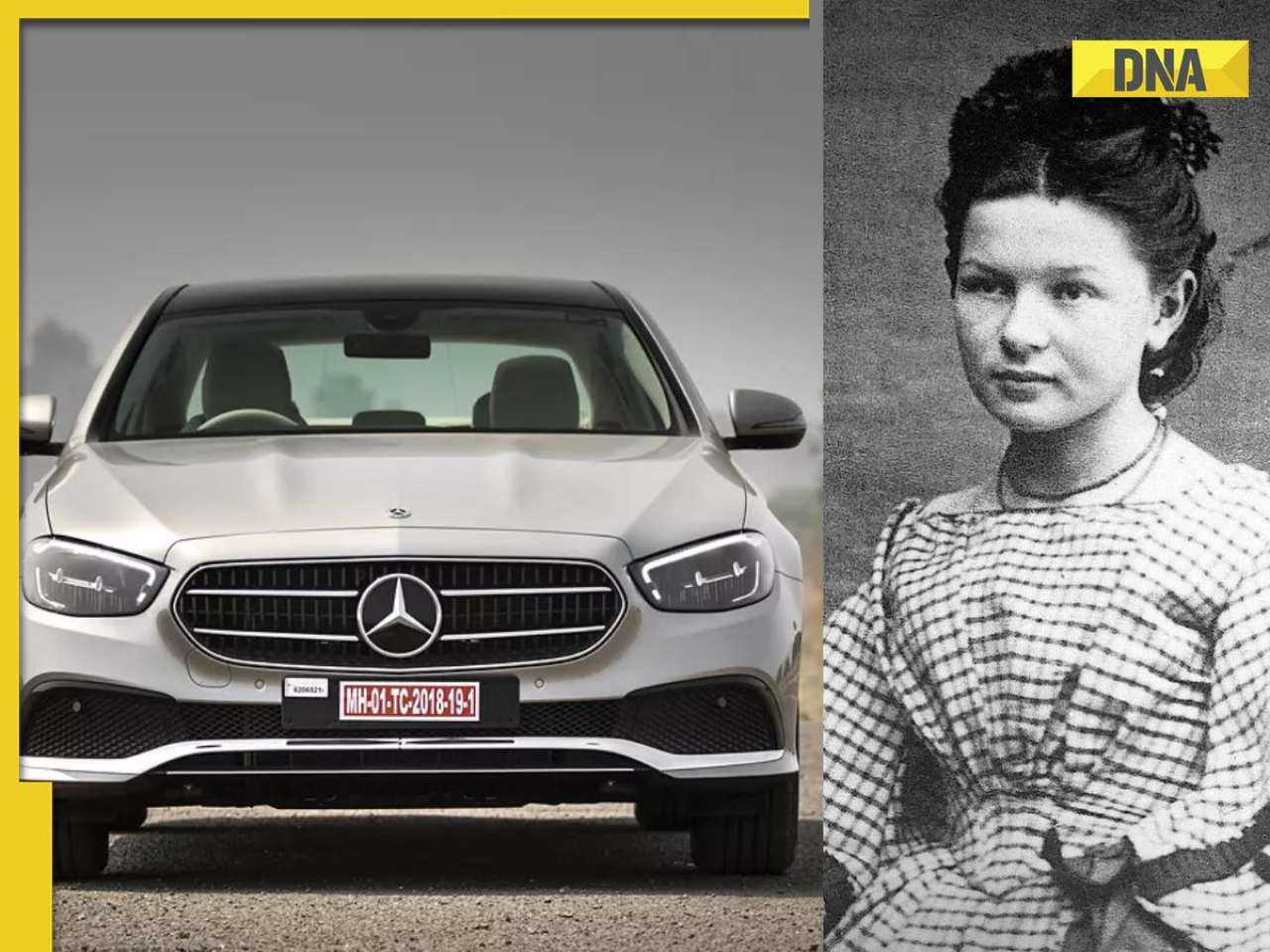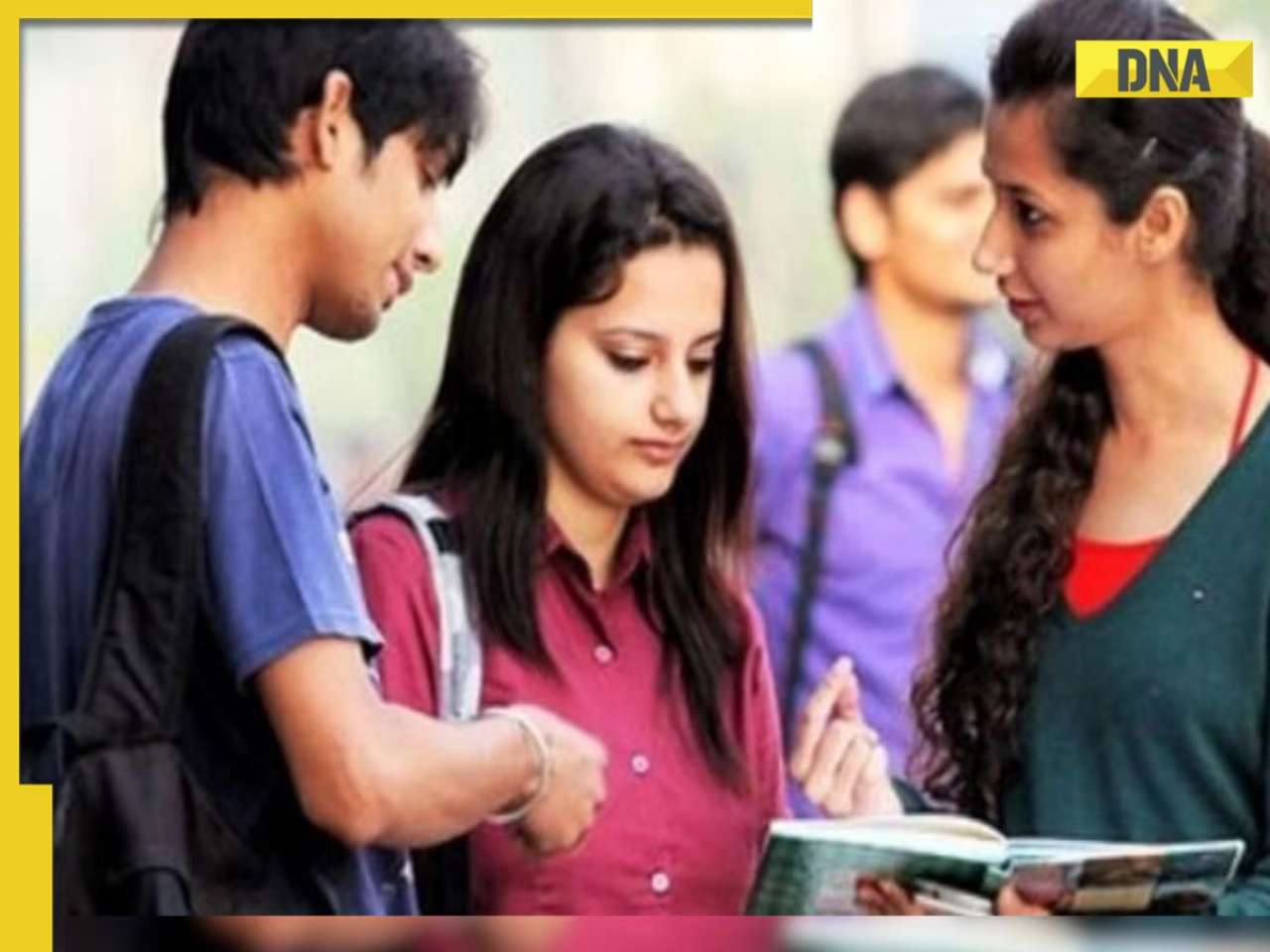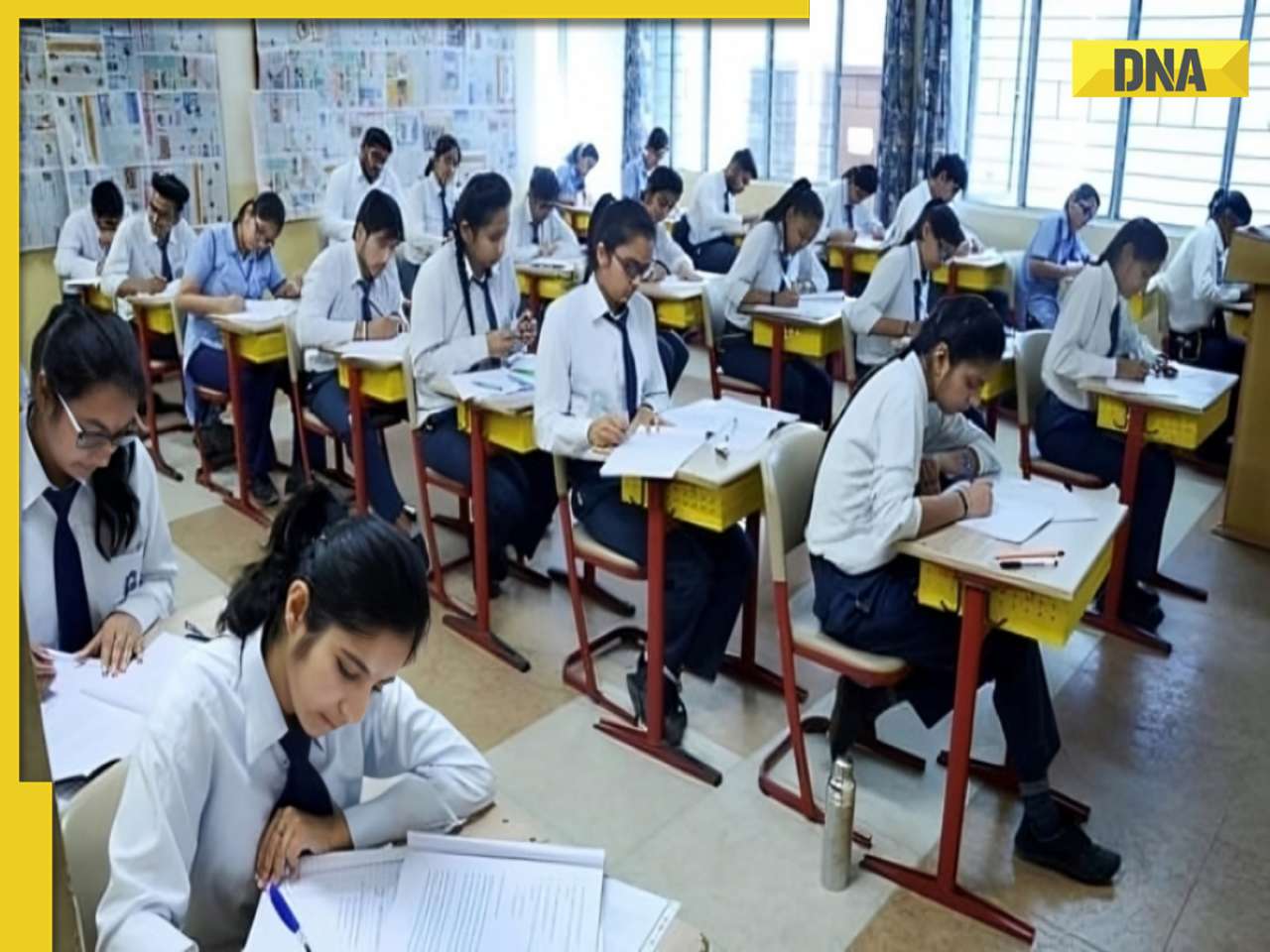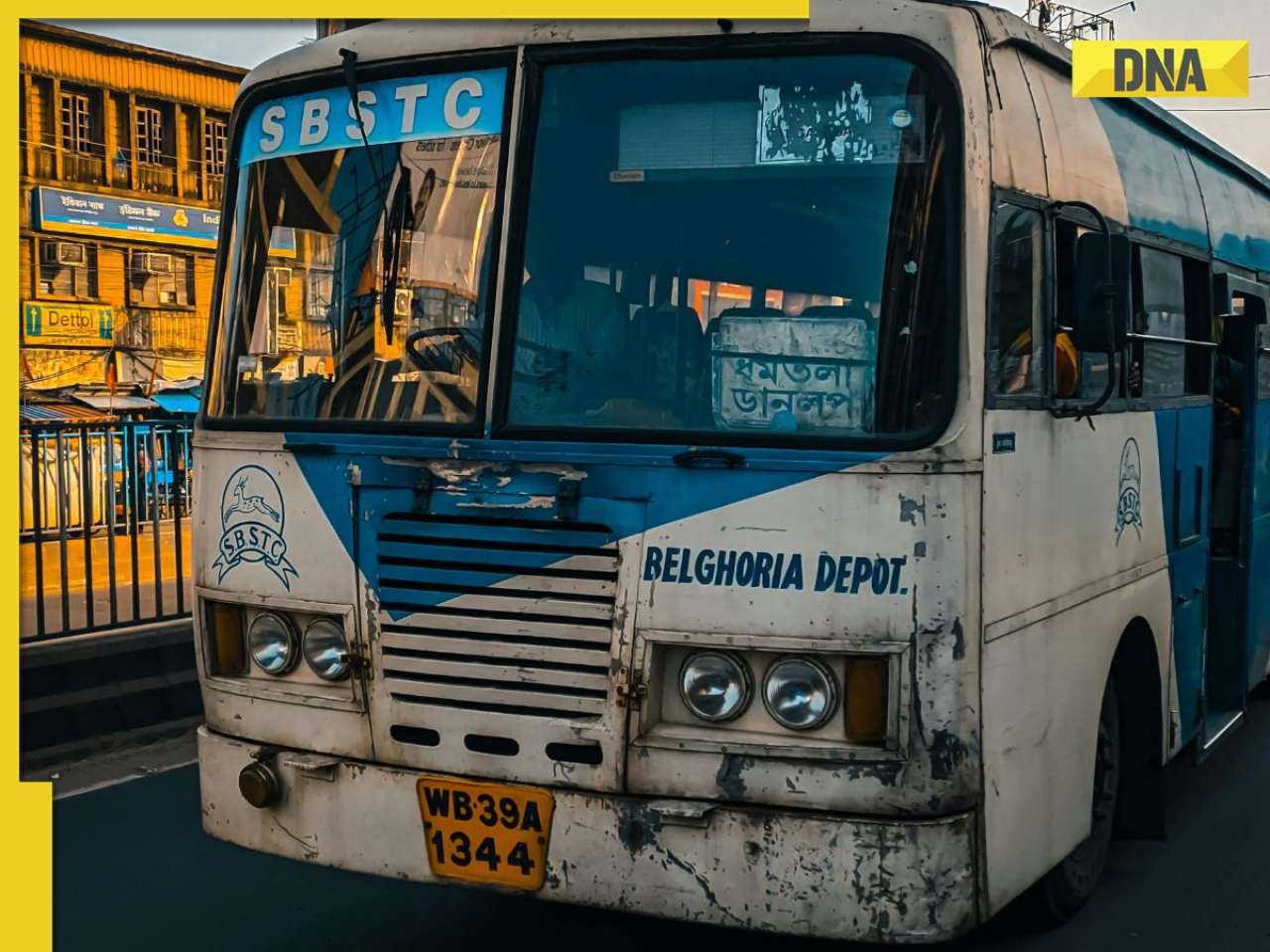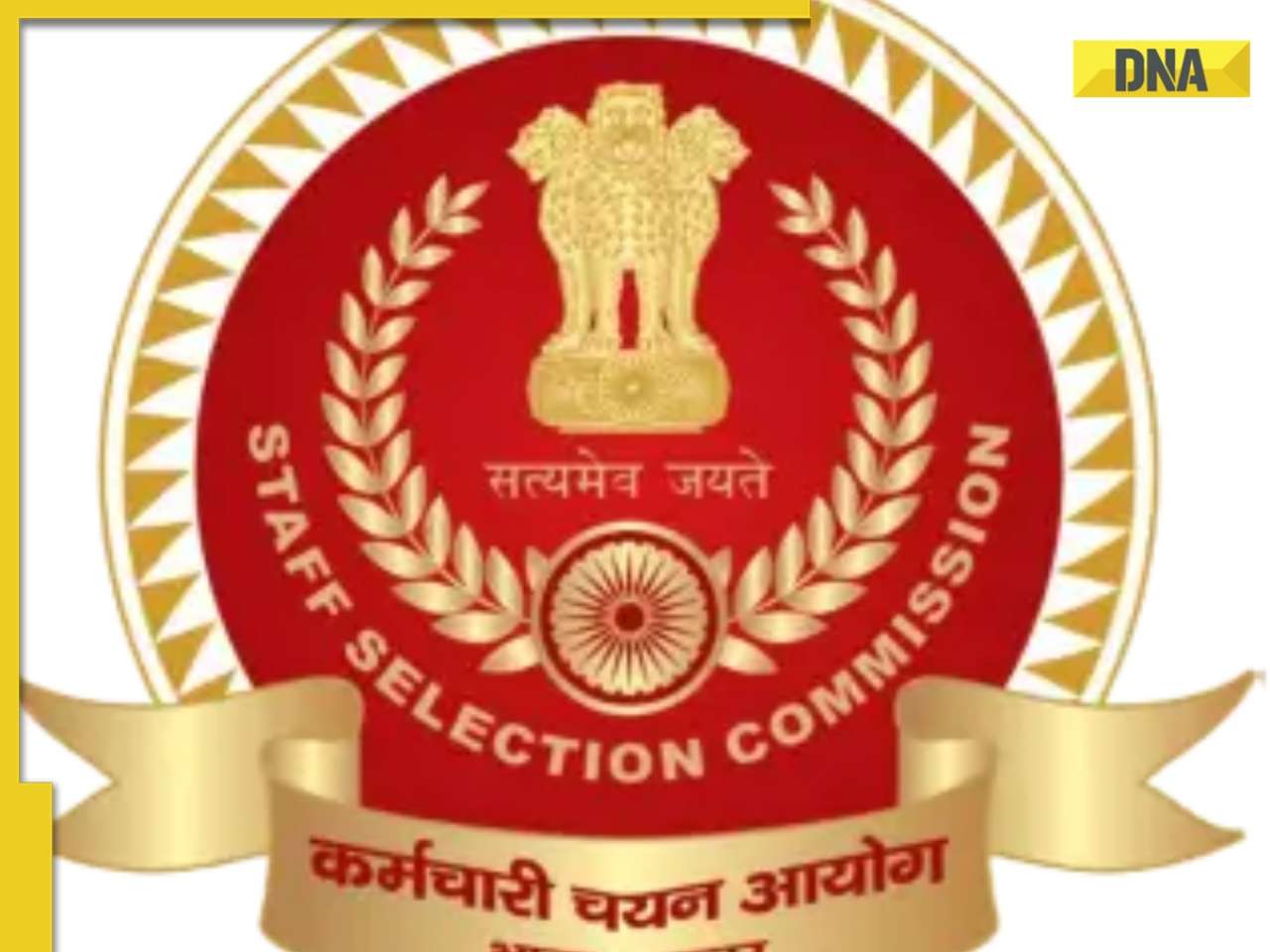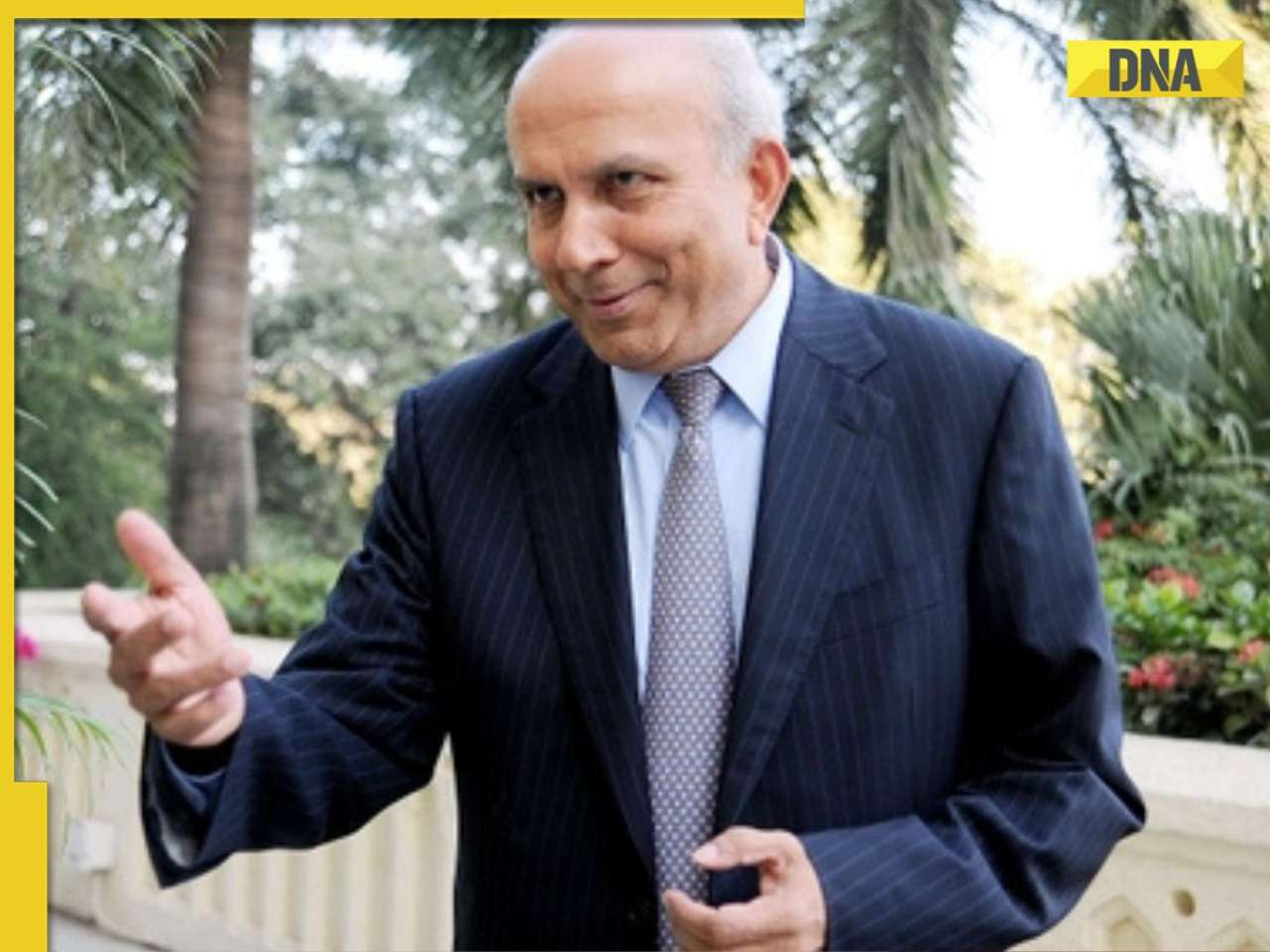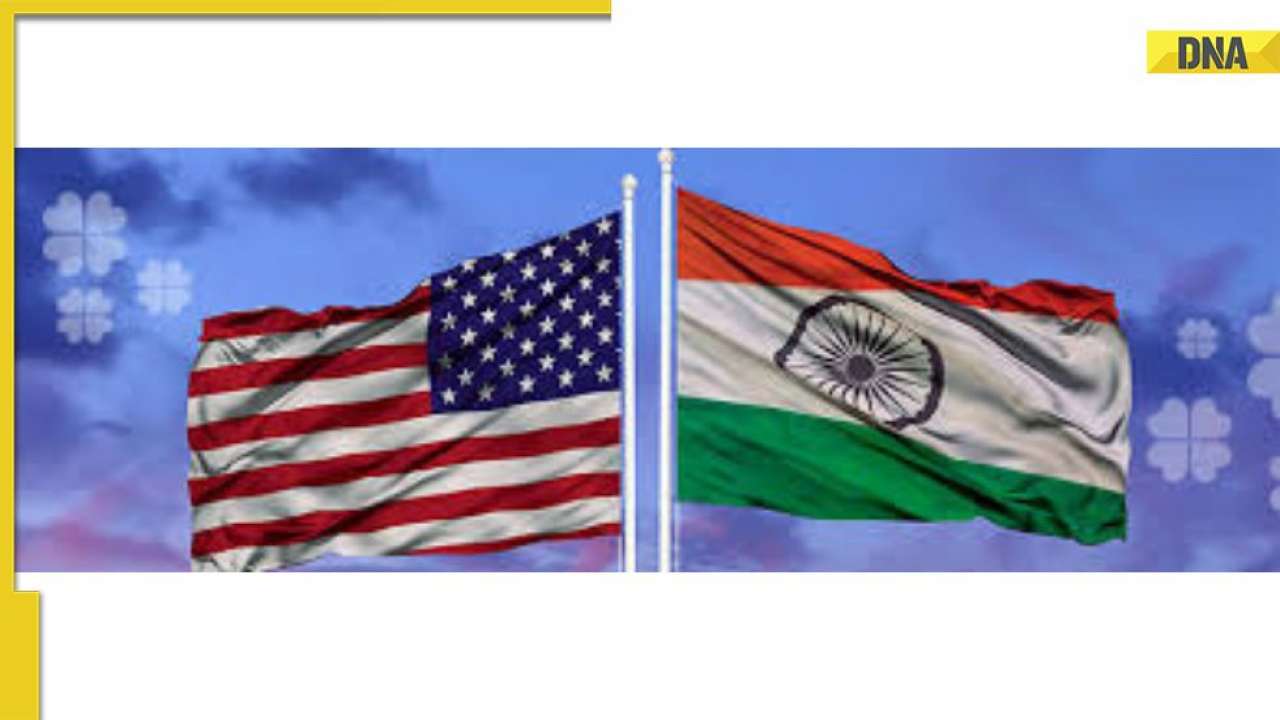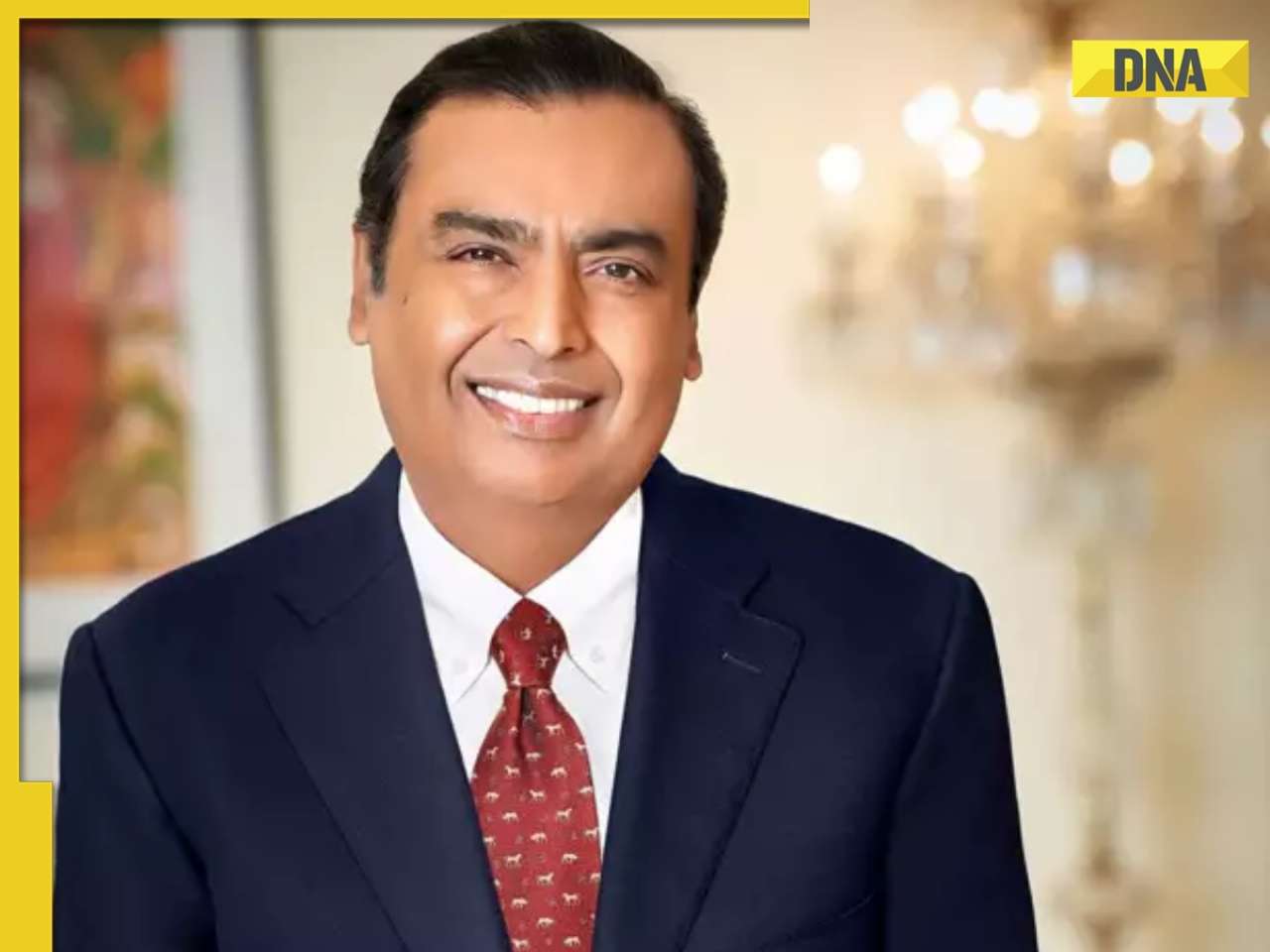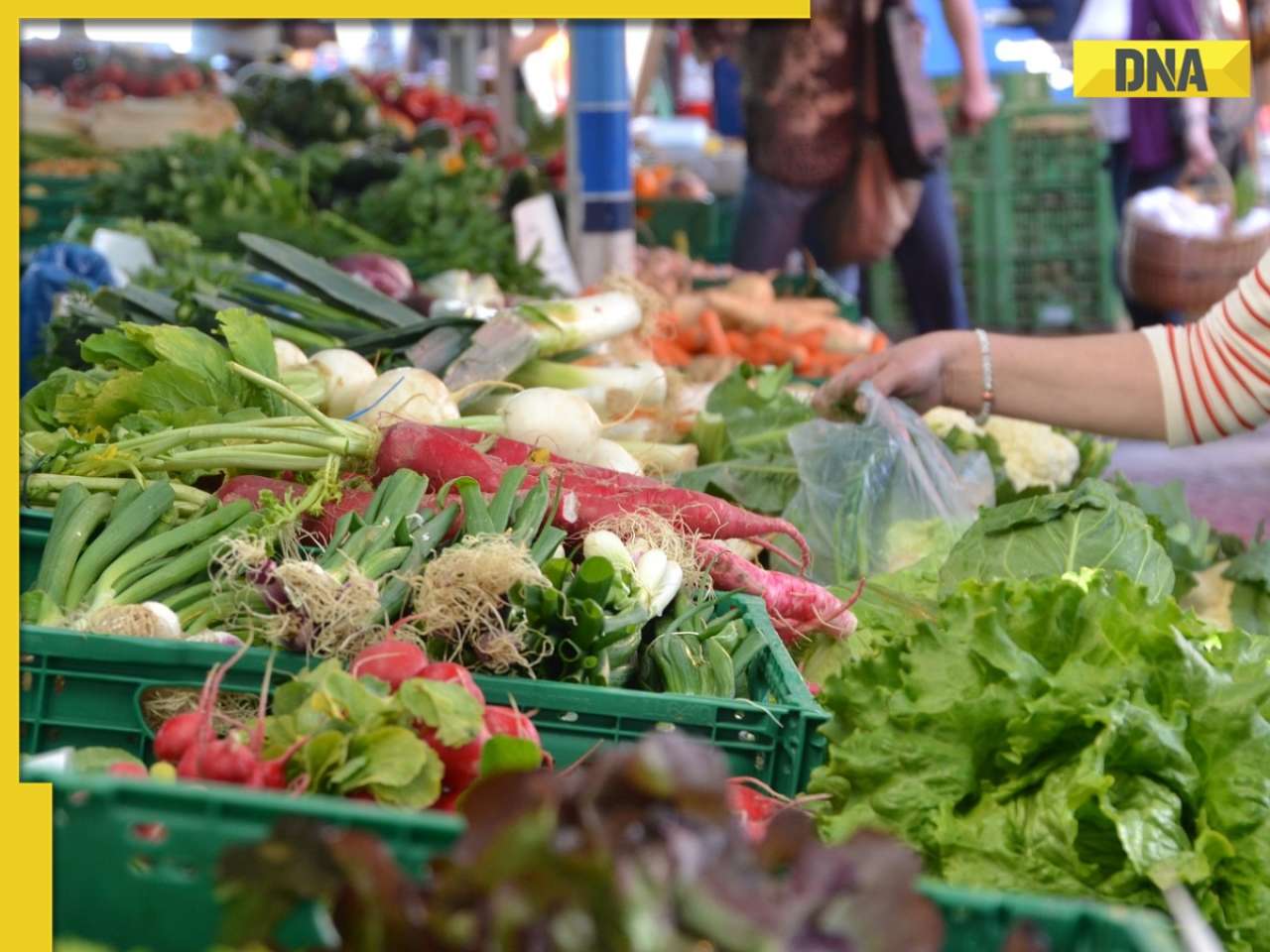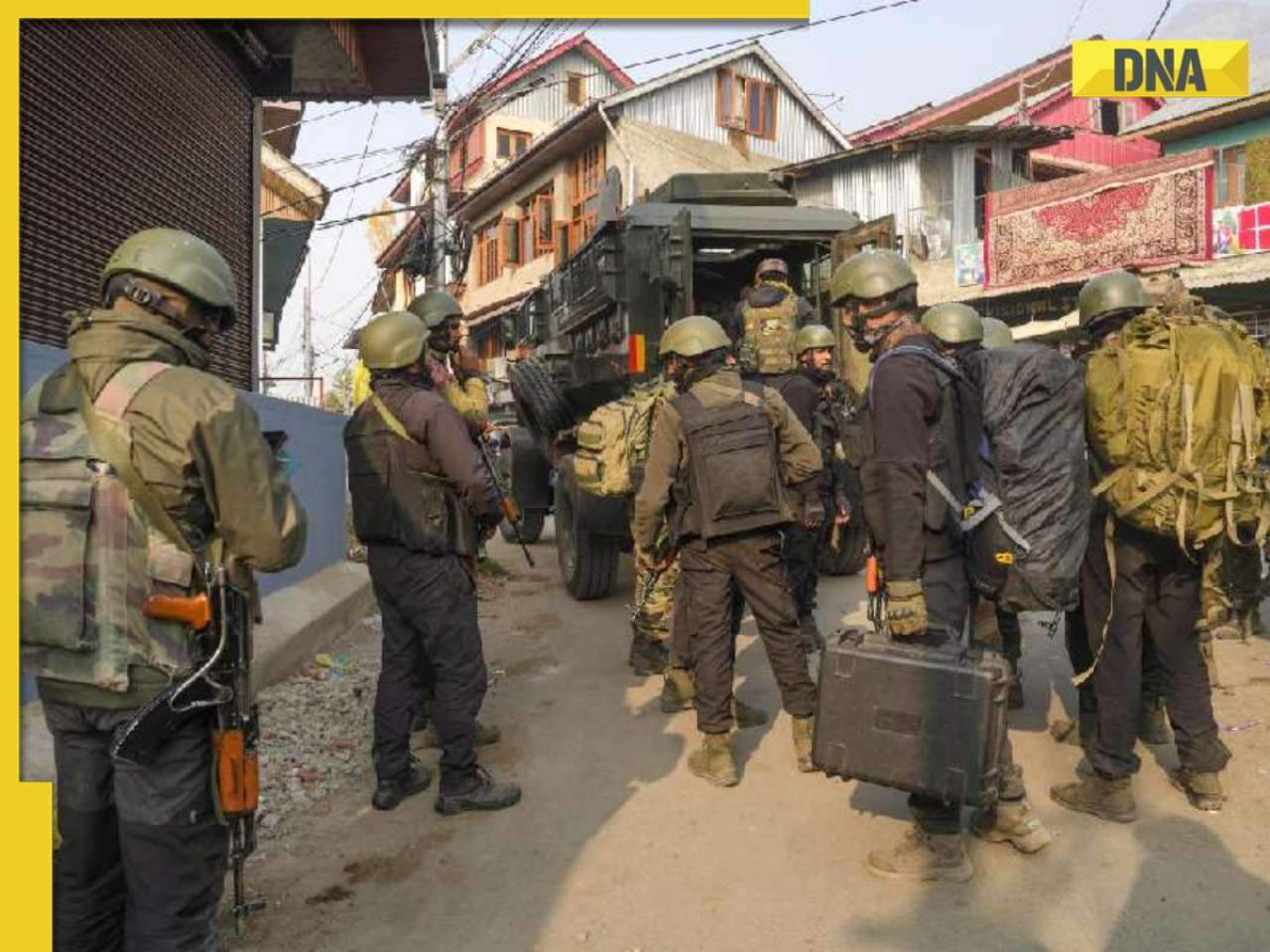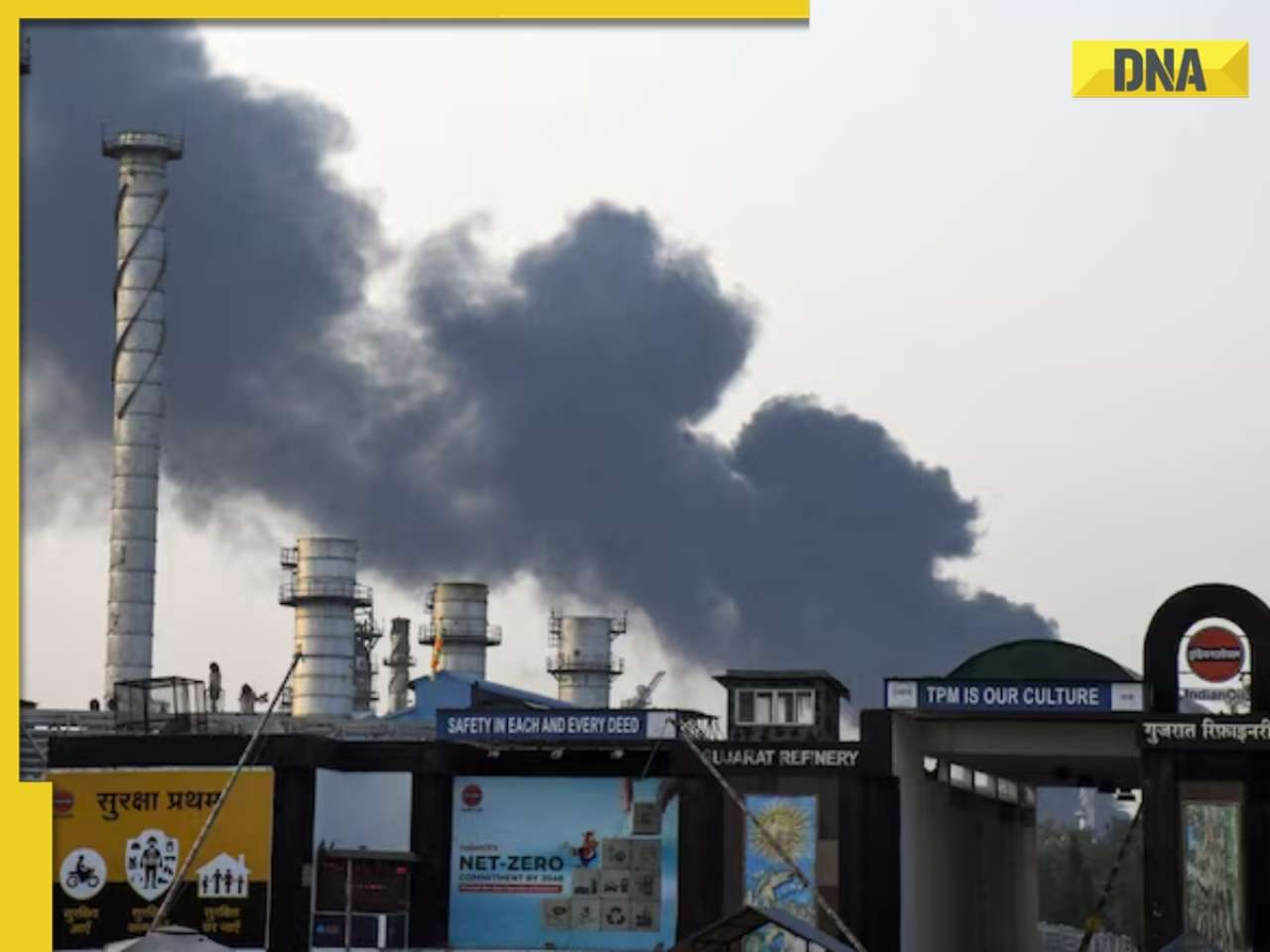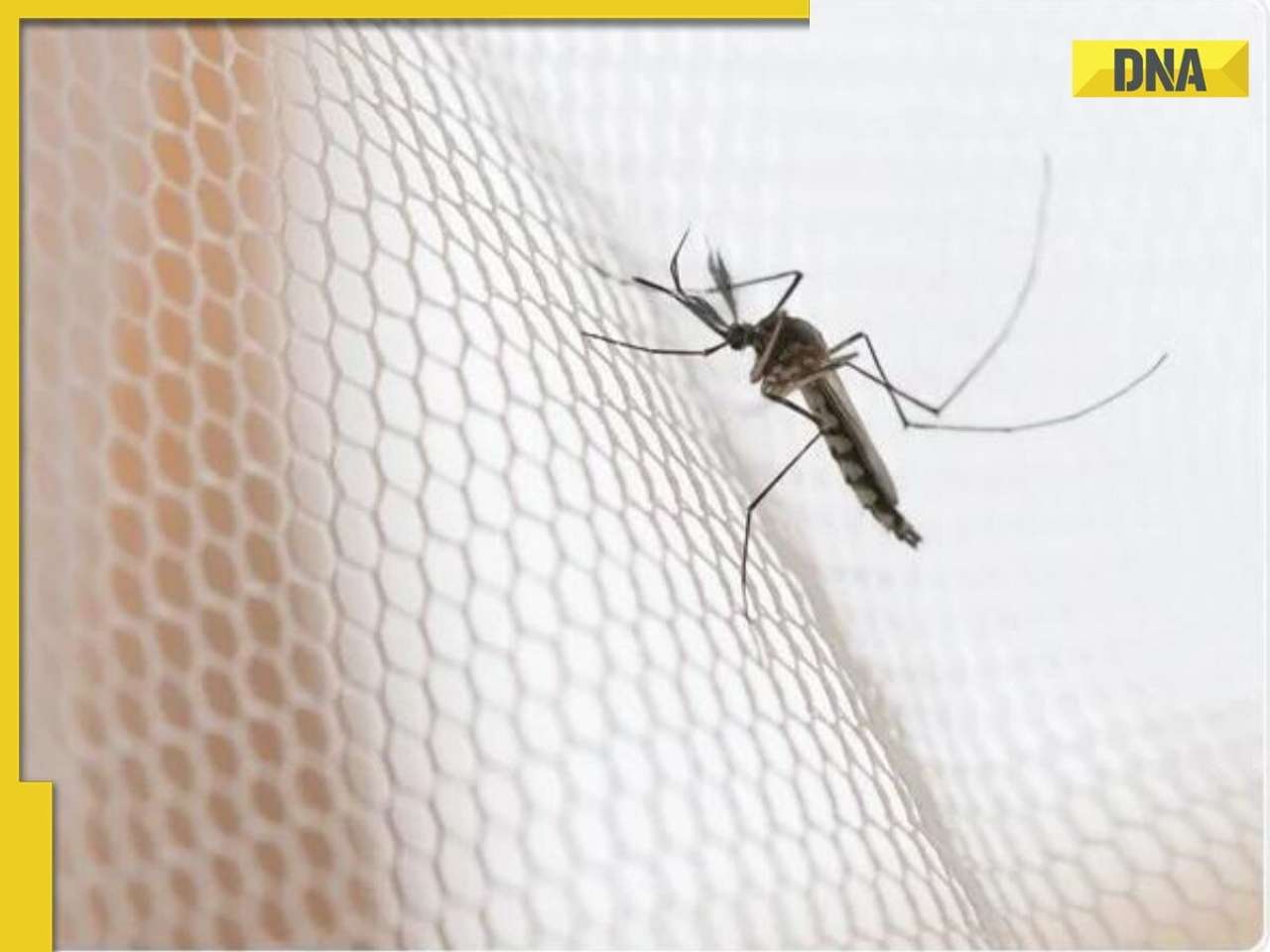- LATEST
- WEBSTORY
- TRENDING
ANALYSIS
Forgotten female freedom fighters
While it is true that women were both socialised and treated differently from men, when it came to the liberation of Mother India, they showed their mettle by participating in massive numbers
TRENDING NOW
Should we play gender politics with India’s freedom struggle? Not really. If anything, we need to get out of incessantly stressing gender, caste, religious, or other identities in understanding both historical and social phenomena; identify politics has run its course, possibly causing more harm than good. This does not imply that we veer to the other extreme of considering everyone identical or alike. Respecting difference without making it the basis of egregiously differential treatment — perhaps that is the key to a more positive understanding.
I felt this all the more while reading the moving, almost unputdownable Jeebon Adhyayan by Kalyani Bhattacharjee (née Das), translated into English by her niece, Dhira Dhar. Kalyani (1907-1983) was the older and less famous sister of Bina Das (1911–1986). Bina earned a unique place for herself in the history of our freedom movement when, not yet twenty-one, she tried to assassinate Sir Stanley Jackson, the Governor of Bengal. On February 6, 1932 she fired five shots at the Governor during his convocation address at Calcutta University.
Bina was not a trained assassin; in fact, she had had very little practice with the gun. She walked to the dais with the revolver concealed under her gown, stepped back, then got up again, pausing to aim before firing — and missing — twice. The Vice-Chancellor, Hassan Suhrawardy leapt down to defend the Governor, grappling with Bina. But not before she had fired three more shots, whizzing by rather haphazardly, except one, which injured a senior professor, Dr Dineshchandra Sen. “Jackers,” as the Governor was nicknamed, who had been the all-England cricket captain, had a lucky escape. Bina was sentenced to nine years RI. Her memoir, Shrinkhal Jhankar, also translated by Dhira Dhar, was published by Zubaan in 2005.
Kalyani’s story is less dramatic, though not less courageous. Released from prison, she not only married, raised a family, but moved to Delhi, living to the age of seventy-six. Bina, on the other hand, was little heard of, having retired from the limelight to an ashram in Rishikesh after Independence. During their years of derring-do, the paths of two sisters crossed when they were incarcerated in the same jail, the Hijli Detention Camp. A museum today, that was the place where, in 1951, after independence, IIT-Kharagpur was started. In jail too, Bina, along with her companions, went on hunger strike and continued to test her capacity to bear pain by sticking her feet into a nest of poisonous ants or her fingers into the flame, thus literally playing with fire. Bina, Kamala, Suniti, Bonolata — and several other revolutionaries inhabit the pages of Kalyani’s fascinating narrative.
One of the striking features of the narrative is the lack of ideological and political animosity. Fighting for India’s freedom seemed to be the common goal of all factions. The revolutionaries were not Congress-haters. On the contrary, both the Das sisters were supporters of Mahatma Gandhi’s call to Civil Disobedience. If they differed, it was on the means. The Das sisters, whose father, Beni Madhab Das, was Principal of the Ravenshaw Collegiate School and an influence on the young Subhas Chandra Bose, did not forswear the use of violence to get rid of the British. It is only post-independence Congress-led governments that systematically sidelined or undermined the revolutionary contribution. Kalyani, who fought elections under the banner of the Praja Socialist Party after independence, lost.
We cannot help but be moved by the terrible conditions of Indian jails and of their inmates. The British, whose rule we tend still to glamorise, ran a police state, whose main purpose was to extract as much profit as possible from the colonies. They liked compliant and loyal subjects. Those who defied the imperial writ were brutally crushed. Communities were used against each other to maintain hegemony; in the prisons, for instance, common convicts and criminals were encouraged to testify against political prisoners for special treatment or mitigated sentences.
If the memoir has a subplot it is the pitiable condition of women in India, especially those who had the misfortune of being imprisoned. There are scores of stories of neglected, bypassed, or battered wives, tales of misfortune, social ostracism, coercion, sexual exploitation, and, untimely, part self-inflicted death. Kalyani throughout pleads for social reform and kindness. Yet, she is unable to transcend her own middle-class upbringing as when she is unable to embrace or welcome a jail friend who has left an old, unloving husband for a younger man. The book also suffers from poor editing and production, coming across as an amateurish work.
In the end, we may return to the question with which we began: what role did gender play in the freedom movement. While it is true that women were both socialised and treated differently from men, when it came to the liberation of Mother India, they showed their mettle by participating in massive numbers. While Mahatma Gandhi, right from his satyagraha in South Africa, played a key role in harnessing “Stri Shakti,” the ground had been set much earlier.
Through the latter half of the 19th century, India witnessed a historic women’s revolution, especially among upper-caste/class Hindu and Parsi women. The women’s question became foregrounded in almost every story, either indirectly as in Bankim’s Anandamath or more directly as in Tagore’s Ghare Baire. Texts as varied as Yamuna Paryatan in Marathi and Indulekha in Malayalam championed a much more assertive position for women in the new India. Even the Sharada Ma (Holy Mother), the consort of Sri Ramakrishna, secretly sheltered many a revolutionary. It would therefore not be unfair to say that women were equal partners with men in India’s struggle for independence. If the latter got more of the limelight, isn’t it time we redressed the imbalance? Accounts such as Kalyani Das’s Jeeban Adhyayan will certainly contribute to a correction.
The author is a poet and a Professor at JNU, Delhi.
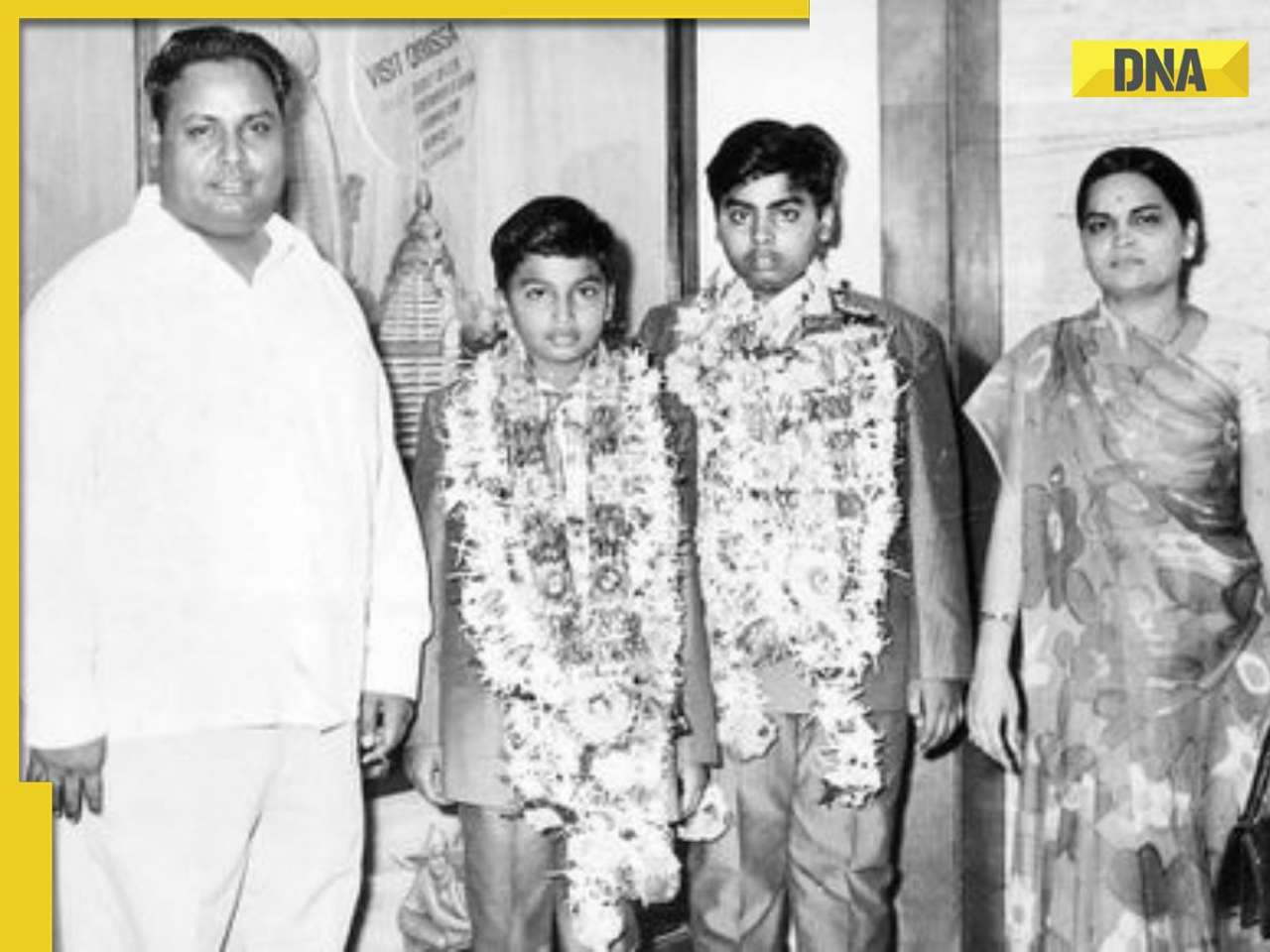
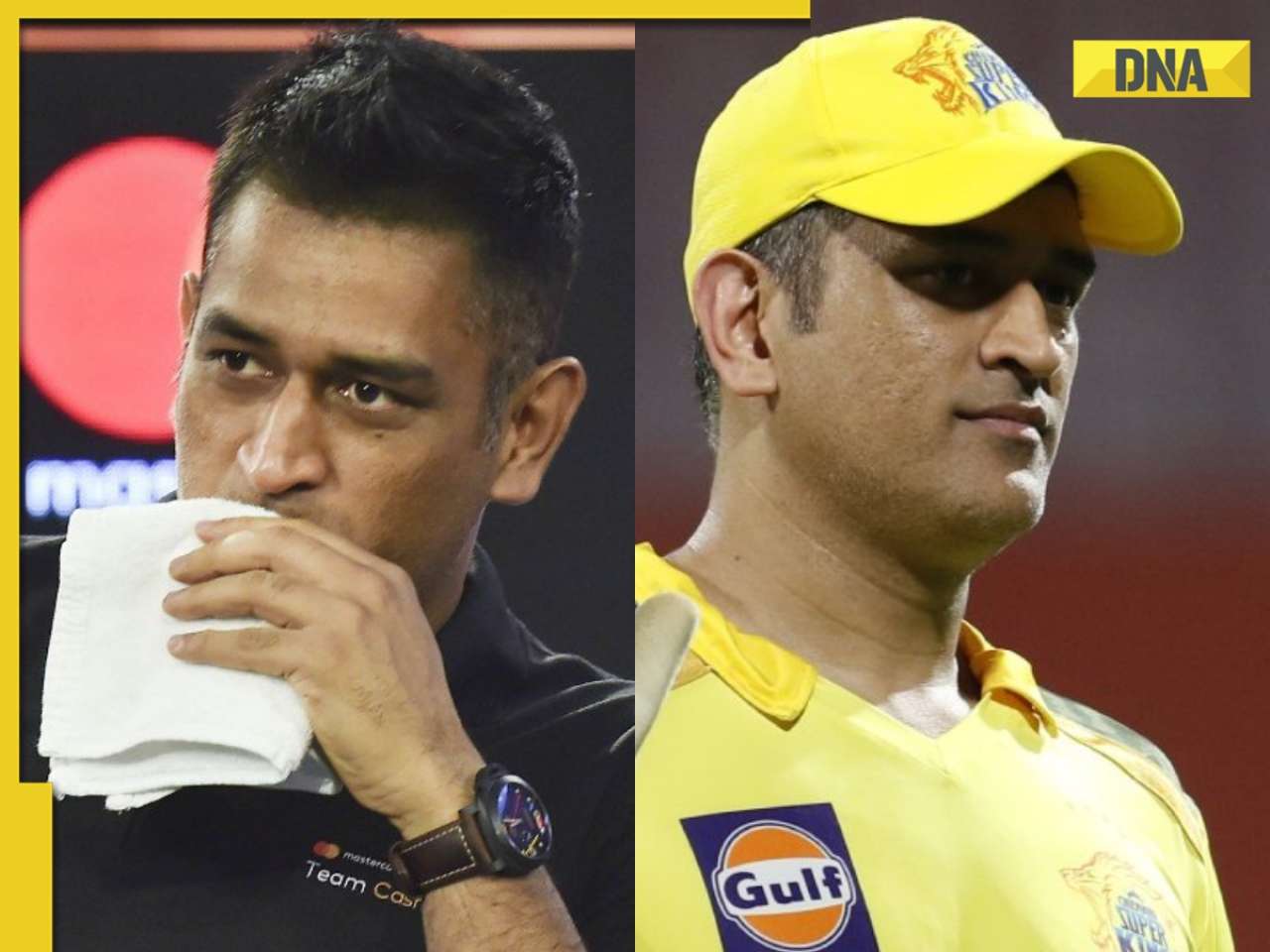


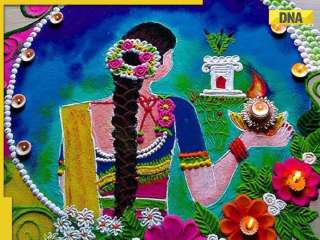


)
)
)
)
)
)
)
)
)
)
)
)
)
)
)
)





